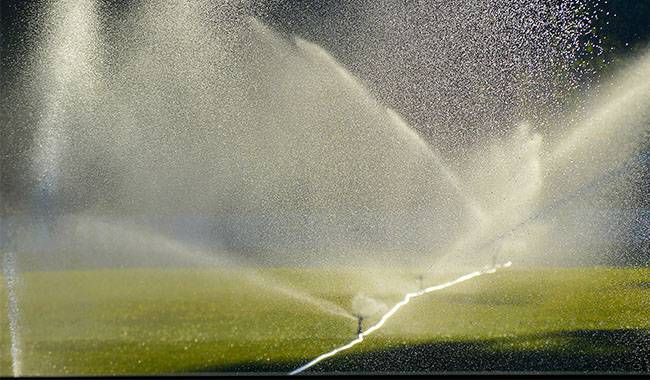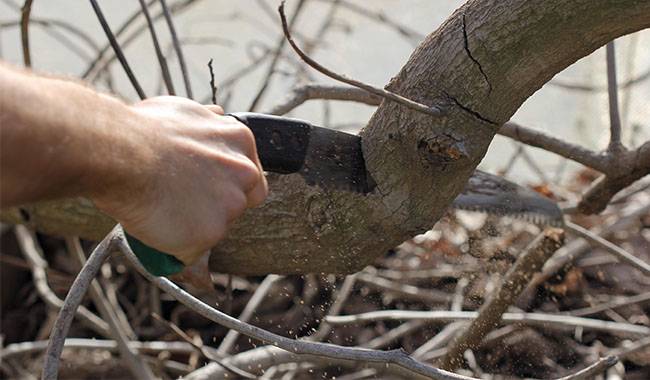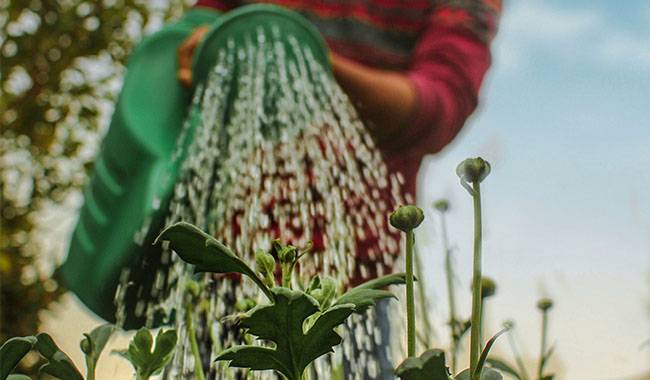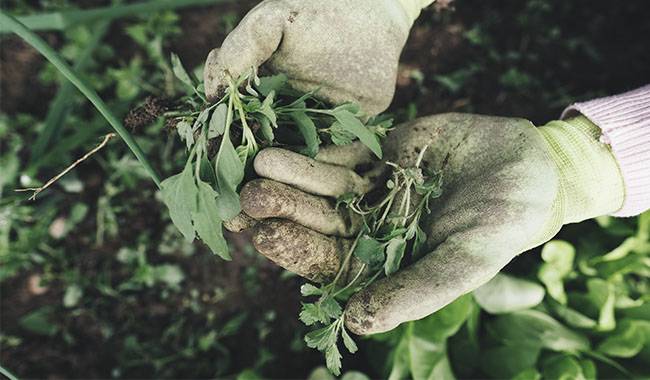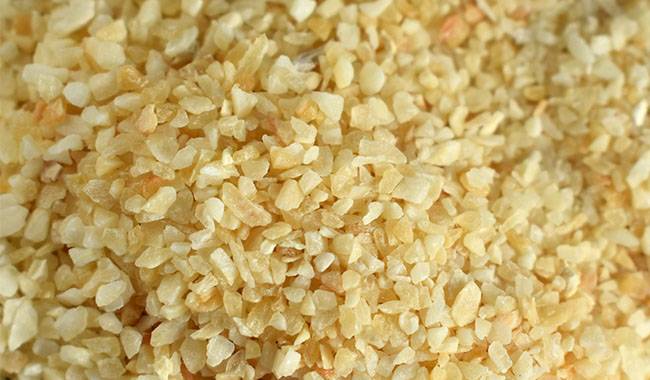
Phosphorus is one of the most important elements of plant organisms. Many people unfairly rank it third in importance, but this is not entirely true. In fact, this element is no less important than nitrogen and potassium, which are involved in various metabolic reactions and provide energy to plants.
Phosphorus belongs to the building blocks of DNA and RNA and is also included in various other substances that are necessary for the full existence of life.
Considering this, Phosphorus can be compared to nitrogen and potassium. Without it, the plant organism cannot be fully developed.
If we talk specifically about Phosphorus fertilizer, answering the question “What is it?”. The answer is as follows: it is a fertilizer, classified as minerals and salts. Depending on the crop, different amounts of these fertilizers are needed.
If there is enough phosphorus in the soil, plants will thrive, flower, and bear fruit. Interestingly, excess phosphorus in the soil is rare, but even then, it is hardly harmful. The problem is that Phosphorus is considered a passive element, and plants can consume the amount they need from the soil.
WHY IS PHOSPHORUS FERTILIZER IMPORTANT?
Applying Phosphorus fertilizer and ensuring that the soil is well stocked with this element will ensure the stable development of your plants, improve their immunity and improve their appearance. If you neglect the application of phosphorus in the soil, the main blow will fall precisely on the reproductive organs of the plant, which have practically ceased to function and which will therefore have a negative impact on reproduction.
In extreme phosphorus deficiency, the plant has no seeds at all, the cucurbits stop growing stalks and leaves, and often the plant drops some or even all of its leaves. Cereal crops do not produce, become common grass, etc.
Of course, the effect of Phosphorus fertilizer or the severity of this effect, depends a lot on the soil type. Don’t forget that Phosphorus is also more effective in combination with Nitrogen. With the abundance of phosphorus and nitrogen in the soil, especially if it is black soil, the roots of the plants grow better and faster, and they are more actively distributed in the soil, which increases their drought resistance and reduces the need for frequent watering.
If you have forest soil, you should simply make sure to use Phosphorus fertilizer in combination with nitrogen fertilizer. Otherwise, in the absence of nitrogen in the soil, phosphorus starvation can occur even if there is enough phosphorus in the soil. In addition to forest soils, it is useful to apply nitrogen in combination with phosphorus on “fatigued”, low fertility, and increasing acidity soils.
HOW IS PHOSPHORUS FERTILIZER PRODUCED?
The production of fertilizer materials containing Phosphorus involves many different types of treatments. As we know, this fertilizer contains the products of phosphate ore and other compounds. The treatment process itself simply consists of separating the various compounds from this ore.
The technology itself involves grinding the ore into powder form and enriching it with various acids (such as phosphoric acid). Next comes the Phosphorus reduction and finally the temperature treatment. As a result, and receive a variety of fertilizers containing phosphorus, which are classified into several categories depending on their properties.
CLASSIFICATION OF PHOSPHORUS FERTILIZERS
The first group: is water-soluble Phosphorus fertilizers. This group includes calcium superphosphate, calcium diphosphate, and calcium superphosphate. These fertilizers are very good for stimulating root growth and helping to strengthen roots.
The second group: are citrate and citrate-soluble Phosphorus fertilizers. This group includes bone meal, calcium superphosphate, and hot Phosphorus. these fertilizers are particularly effective before sowing seeds of various plants. In the case of phosphorus-deficient soils, fertilizers are beneficial for enriching the soil.
The third category, are hard-soluble fertilizers. This category includes fertilizers such as ammoniophosphorus, diammophosphorus, and Phosphorus powder. These fertilizers can interact with nitric and sulfuric acids; they do not interact with weak acids.
Let’s discuss these fertilizers in more detail and start with the water-soluble group
WATER-SOLUBLE PHOSPHORUS FERTILIZERS
Calcium superphosphate
First of all, in each ear calcium superphosphate. The composition of calcium superphosphate includes a range of substances – it is monocalcium phosphate, phosphoric acid, as well as magnesium, and sulfur. Visually, calcium superphosphate is a granular powder. Calcium superphosphate is used in a variety of soil types, usually without regard to what crops are grown on it.
It can be used dry or dissolved, pure or in combination with other fertilizers. The addition of calcium superphosphate can enhance the immunity of plants, thereby improving their yield, resistance to a range of diseases and pests, and resistance to low temperatures.
The tomatoes that responded most strongly to feeding with calcium superphosphate were the tomatoes. When this fertilizer was applied, their growth rate was accelerated, flowering was improved and seed set was increased.
Calcium superphosphate can be applied at planting time – in the planting hole, well, at a dosage of 12-13 to 19-21 grams per plant. On poor soils, in order to obtain phosphorus more quickly, plants need to make this fertilizer dissolve in water. During the flowering period of tomato bushes, it is best to water the soil in its vicinity.
As a rule, the application rate is 100 grams per bucket of water, with about 0.5 liters of water poured under each plant.
Double calcium superphosphate, – this fertilizer contains about 51% of phosphorus in concentrated form. Usually, double superphosphate of calcium is used as a fertilizer in autumn. It is usually applied in small amounts when hoeing – only 8-10 grams per square meter should be applied. On poor soils, in addition to the autumn application, fertilization can be carried out, in spring, by pre-dissolving the fertilizer in water (10 grams per liter, one liter per square meter).
Double calcium superphosphate is almost the most expensive Phosphorus fertilizer, but its application rate is so small that it can save money. Most commonly, double calcium superphosphate is used for fertilizing woody and shrub plants.
The dosage of this fertilizer depends on the culture in which it is applied. Thus, 45-55 grams of fertilizer are needed for any variety of currants, 18-22 grams for raspberries, 35-45 grams for currants, and 65-75 grams for stony cultivars.
In this case, mature fruit trees and stony cultivars over seven years old need 150-180 grams of fertilizer, and young ones (up to three years) about 65-75 grams.
Super Phosphor
This fertilizer consists of granules containing about 41% phosphorus. It is particularly effective for vegetable and flower crops but can be used for other kinds of plants as well.
Micro-soluble Phosphorus fertilizers
Ammoniophos
At the top of the list is ammoniophosphorus, a fertilizer obtained by neutralizing orthophosphoric, involving ammonia in the process. Therefore, the main quantity of fertilizer – is phosphorus (50%), nitrogen is the least in the fertilizer (10-12%), but since even this small amount of phosphorus is assimilated by plants it increases.
Cucumbers respond best when fertilized with ammoniacal phosphorus, and their resistance to negative environmental factors increases after fertilization. Given that this fertilizer does not contain chlorine, which has a negative effect on cucumbers, they do not suffer from wilt and powdery mildew. In addition, amorphous has no nitrate compounds in its composition, so it is in greater demand among gardeners.
Usually amorphous is made in autumn and combined with digging the soil, but using this fertilizer is quite effective and can be done at the time of planting (in wells, planting holes, etc.). In case of urgent need, this fertilizer can be used at any stage of plant development.
Under vegetable crops, ammoniacal phosphorus contributes 23-28 grams per square meter, under large flowers, such as roses or peonies, it can make 25 grams per square meter, and under small flowers (nightshade and the like), about 6-8 grams per square meter. Lawns can be fertilized with 17-19 grams per square meter, and fruit trees need about 22-24 grams per square meter.
Dichlorvos
The second name of this fertilizer is ammonium hydrogen phosphate. This fertilizer is characterized by its ability to improve the nutritional properties of the soil while reducing its acidity. This fertilizer contains more than 50% phosphorus and it mixes well with any organic fertilizer. For example, a mixture of dichlorvos and bird droppings is considered a good fertilizer, but this fertilizer must be dissolved 12-14 times and soaked for 4-5 days.
Diammonium phosphate can be used under any plant. For example, a teaspoon of this fertilizer can be poured into each hole during the planting of potatoes.
Given the presence of ammonium hydrogen phosphate, plants can be fertilized before planting into the ground and during flowering. Liquid applications are also often used, either by watering the roots or by water over the leaves, i.e. as a foliar application.
Don’t forget that if you apply liquid fertilizer, it is important to distribute it evenly over the surface of the soil so that it does not accumulate in one place.
Phosphorus powder
This fertilizer is a gray or brown powder. the advantage of Phosphorus powder is that it does not absorb moisture, so it can be stored in different places, and it has no odor. This fertilizer has a good interaction with mineral acids, resulting in the production of hydrogen Phosphorus.
In the composition of this fertilizer, up to 32% of phosphorus is present in the form of positive Phosphorus.
Phosphorus powder is usually used as the main fertilizer and is applied in the fall. The maximum efficiency of this fertilizer is on leached black soils, as well as on gray forest soils, podzols, and bogs.
Phosphorus powder can be mixed with other fertilizers. Usually, it is used to create composts based on peat, manure, and as a neutralizer for fertilizers, which are characterized by high acidity.
During storage, Phosphorus powder does not agglomerate and from the environmental point of view, it is clean, absolutely safe, and quite cheap fertilizer. This fertilizer has one disadvantage: strong dust during transfer and dispersion.
Phosphate powder
Phosphate powder is a fertilizer produced from iron ore extracted from swamps. The fertilizer has a gray-blue or blue powder. The phosphorus content of the fertilizer is about 30%, sometimes less. Phosphate powder can be sold as pure or with peat impurities, the so-called peat phosphate powder, which in this form has a phosphorus content from 13% to 21%. Vivianite is identical in effect and properties to phosphate powder.
CITRATE AND CITRATE SOLUBLE PHOSPHORUS FERTILIZER
Bone meal
A bone meal is a fertilizer produced from organic matter by crushing the bone tissue of farm animals. The phosphorus content of the fertilizer is up to 62%. This fertilizer is environmentally friendly and does not contain any harmful impurities.
Bone meal can be safely used for the fertilization of various crops. In most cases, this fertilizer is used to provide phosphorus for potatoes, tomatoes, and cucumber plants. House flowers and tropical plants also need to be fertilized with bone meal, especially for the various palms, vines, and ficus trees that respond well to this feeding. For houseplants, one liter of water is needed to dilute three teaspoons of bone meal, an amount sufficient for a ten-liter pot.
Precipitate
Externally, this fertilizer is a white-gray or light gray powder. This fertilizer can contain 24-26 to 29-31% phosphorus. This fertilizer is suitable for all types of soils and for all kinds of plants. The precipitate can be used for the main dose of fertilization or for general fertilization.
In terms of efficiency, this fertilizer is not even worse than calcium superphosphate and may be more effective in pH normalization when applied in acidic soils.
Thermal Phosphorus
Hot Phosphorus can have a phosphorus content of 13-15% to 29-31%, depending on the species. There are a total of three species of Thermal Phosphorus, namely Open Pit Slag, Defluorinated Phosphorus, and Tomas Lager.
The smallest phosphorus content – 13-15% – is in Thomas Lager. It is processed from iron ore. Tomas Lager is an alkaline fertilizer and is, therefore, most effective for highly acidic soils. However, it can be used on any type of soil. This fertilizer is most effective when applied after it has been thoroughly mixed with the soil.
Open-pit slag or phosphate slag contains more phosphorus – up to 16%. This fertilizer is also highly alkaline and is simply irreplaceable on highly acidic soils.
The phosphorus content in defluorinated Phosphorus is about twice as high (up to 32%). In terms of efficiency on Chernozem soils, it is not inferior to calcium superphosphate.
PHOSPHORUS FROM COMPOST
It is well known that the composition of plants contains many components and also phosphorus, but the vast majority of plants do not contain much phosphorus, but there are some plants that contain a large enough amount of phosphorus. For example, mountain ash berries have as much as 1.1% phosphorus, absinthe has about 1.2% by plant weight, hawthorn berries about 1.3%, wormwood about 1% by plant weight, and thyme about 0.8% by plant weight. Knowing this, you can use compost from these grasses and fruits to create a good and completely safe Phosphorus fertilizer for plants and the environment.
WHAT HAPPENS TO PLANTS IN THE PRESENCE OF PHOSPHORUS DEFICIENCY?
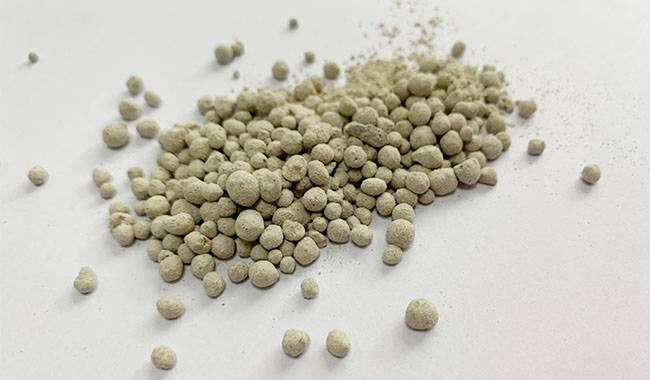
The asexual propagules of most plants tend to change their usual dark green shade, appearing purplish-green as the situation worsens. The shape of the leaves changes and black spots appear on the leaflets, after which the leaves tend to shed significantly earlier. Due to the strong lack of phosphorus in the soil, the plants are very small and underdeveloped, and the trees simply become shrubs. The root system of the plant is very poorly developed.
CAUSES OF PHOSPHORUS DEFICIENCY
It often happens that there seems to be enough phosphorus in the soil, but it is not actually assimilated. This happens in soils where machinery, herbicides, pesticides, and other chemicals are actively used, where the soil is actually deprived of microflora. Phosphorus uptake is low when cultivated improperly, when potash and nitrogen fertilizers are applied in excess, or when fertilizers are applied only occasionally and not regularly.
PROPER APPLICATION OF PHOSPHORUS FERTILIZERS
The primary time to apply Phosphorus fertilizer is usually in the fall. You apply this fertilizer undercut leaves, preferably well mixed with the soil. Of course, no one prohibits making these fertilizers in the spring and summer, and it is much more effective to dissolve the fertilizer in water, rather than dry, at this time of year.




